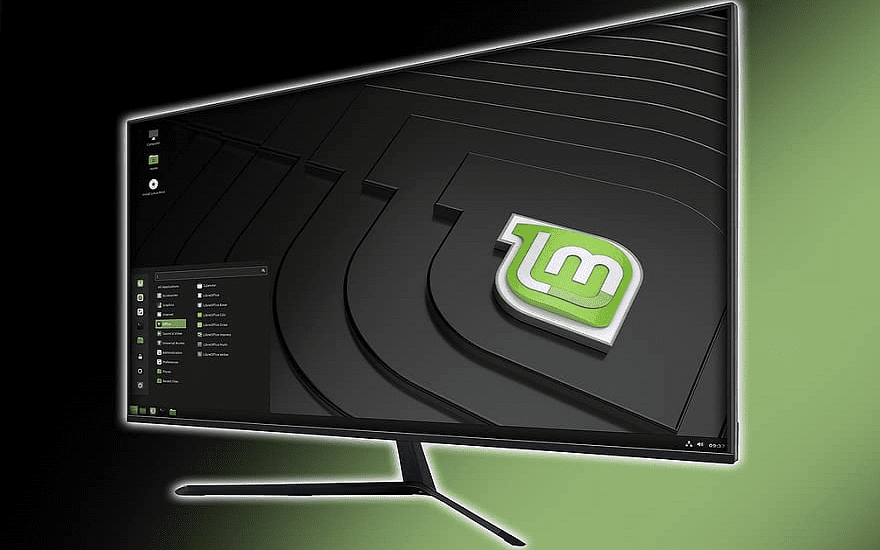When typing on a computer, you occasionally want to press and hold a key, rather than pressing it multiple times. This is often the most useful for the arrow keys, delete, and backspace as you rarely need to type the same letter more than a couple of times in a row.
If you press and hold a key down, you may notice that there’s a delay between the first response and all of the others. Linux Mint offers you the ability to control both this delay and how fast the key is repeated once the initial delay has passed.
To configure the key repeat delay and speed, you need to go into the keyboard options. To do so, press the Super key, then type “Keyboard” and hit enter.
Tip: The “Super” key is the name that many Linux distributions use to refer to the Windows key or the Apple “Command” key, while avoiding any risk of trademark issues.

Once in the default “Typing” tab of the keyboard options, you’ll find the repeat options in the “Key repeat” section. To disable key repeating entirely, click the “Enable key repeat” slider to the “Off” position.
You can configure the delay between you holding the key down and the second registered key input by adjusting the “Repeat delay” slider. You can also configure how fast the key is repeated once the initial delay has passed with the “Repeat speed” slider.
Lowering the delay too low could result in you accidentally repeating key presses when typing normally. The repeat speed should be primarily be aimed at being fast enough that you can reliably release the key exactly when you want to. It’s recommended that you open a window you can type in and test the settings until you’re happy with them.

